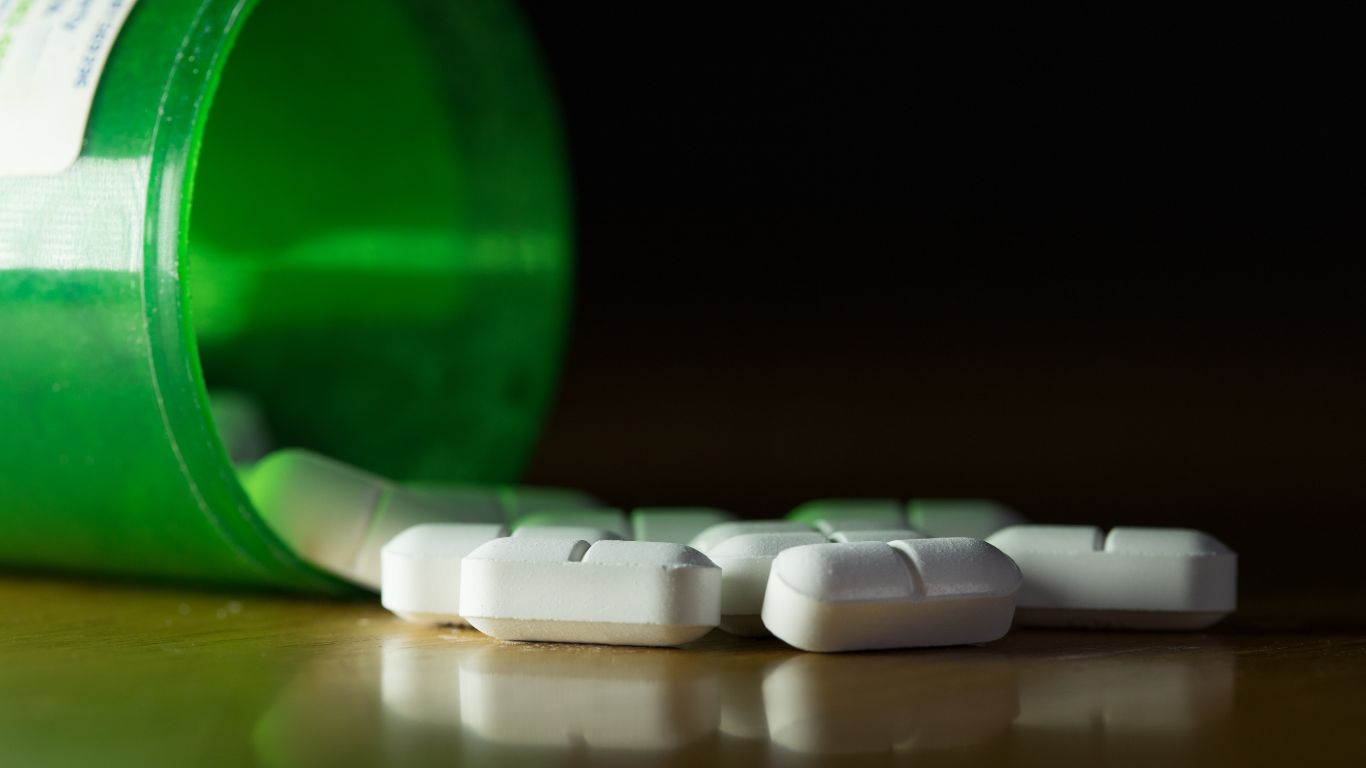What are the Signs of Opioid Addiction?
Opioid addiction does not happen overnight. It can take weeks or months to develop and can happen to anyone, even when used prescription opioid medications as directed. At first, a person will develop tolerance and dependence to opioids, which may lead to abusing opioids and eventually developing into opioid addiction with continued abuse. Signs you or a loved one may have developed an opioid addiction include:
- Physical dependence. Opioids cause physiological changes to the body and a person can experience withdrawal symptoms when they stop using if they have become dependent on them.
- Increased heavy, risky, or frequent use. The person uses more of the drug or more frequently than intended, or in risky situations such as at work or while driving.
- Cravings. Having overwhelming physical and emotional urges to take the drug.
- Increased Isolation. Addiction can cause individuals more isolated from loved ones in an attempt to hide their drug abuse.
- Problems at School or Work. Opioid abuse has begun to affect your work or increased the number of absences.
- Mood swings. Substance abuse impairs the ability to manage emotions which can lead to mood swings
- Loss of interest in things once enjoyed. Drug addiction takes precedence over everything and individuals will stop activities once enjoyed in order to use opioids.
What Happens During the Opioid Withdrawal and Detox Process?
Opioid withdrawals can be incredibly painful and can lead to life-threatening situations. Attempting to detox from opioids on your own is not only dangerous, but it also usually proves unsuccessful. Withdrawal symptoms and cravings cause individuals to quickly relapse and continue through the cycle of addiction. Medical detox programs can provide the type of medical care and medications needed to overcome opioid addiction.
Once you check into a drug detox program, the first step is a thorough psychological and physical evaluation. Clinicians will use this information to create a personalized treatment plan, have an idea of what to expect during your withdrawal process, and what medications you may need. Once you are checked into your room, a team of certified physicians and nurses will monitor your vitals around the clock to ensure your safety. As withdrawal symptoms start, they can administer medication-assisted treatment to ease withdrawals and cravings, which can include:
- Anxiety
- Runny nose
- Sweating
- Abdominal cramps
- Stomach aches
- Diarrhea
- Agitation
- Muscle spasms
- Insomnia
- Fluctuating blood pressure
- Nausea and vomiting
- Tremors
- Muscle and joint aches and pains
Medical detox programs will use FDA-approved medications to ease cravings and withdrawals. They can also use other prescription medications, such as beta blockers and benzodiazepines, to help keep your blood pressure and other vitals under control. You can also expect some over-the-counter medications to help with mild symptoms like nausea and diarrhea. Some of the most common medications used during opiate detox include:
Clonidine. It Suppresses withdrawal symptoms and high blood pressure. It can also reduce symptoms of anxiety and stress.
Methadone. As a long-acting opioid without the euphoric effects, it can help replace opioids and be tapered down over time to prevent withdrawals and cravings. However, methadone has a potential for abuse and use needs to be closely monitored.
Buprenorphine. Usually used to treat alcoholism, this medication can be highly effective in treating opiate withdrawal as well. It is a partial agonist and helps reduce withdrawals and opioid cravings.
How Long Does Opioid Detox Take: The Opioid Withdrawal Timeline Explained
Opioid detox length will vary from person to person. How long it takes to detox from opioids depends on several factors including severity and longevity of addiction, overall health, the type of opiate that was used (short-acting versus long-acting), sex, age, and weight. In general, individuals using short-acting opioids will detox within a week and long-acting opioid addiction, such as with methadone, may take up to 14 days. The acute withdrawal period involves flu-like symptoms and starts within a few hours of the last dose. Post-acute withdrawal syndrome (PAWS) is not common but happens to some people and it includes mild, lingering withdrawal symptoms that last for weeks or months later.
Although each person will experience withdrawal and detox differently, you expect the opiate withdrawal to happen in four stages and the withdrawal timeline may look like this:
- Anticipatory. Begins 3 to 4 hours after the last dose and is marked by an increase in anxiety or fear related to oncoming withdrawal symptoms. People will also have strong cravings and drug-seeking behavior.
- Early Acute. Begins 8 to 10 hours after the last dose with anxiety and restlessness increasing. Flu-like symptoms such as sweating, stomach aches, nausea, and vomiting may begin.
- Fully-Developed Acute. Happens 1 to 3 days after the last dose and withdrawal symptoms will peak at this time. This will be the worst of the withdrawal process and includes diarrhea, insomnia, tremors, muscle spasms, body aches and pains, and increased blood pressure. Cravings are at their strongest as well.
- PAWS. Can last up to 24 months after the last dose. Acute symptoms have concluded and mild, lingering symptoms such as mood swings, cravings, anxiety, depression, insomnia, poor concentration, and irritability/agitation can persist. Individuals are highly susceptible to environmental triggers that may lead to relapse during this time.
Completing Your Opioid Addiction Treatment: Heading to Rehab
Although opioid detoxification is important and highly beneficial, it is also only the first step in the recovery process. Drug detox will take care of the acute physical aspects of addiction and help stop the cycle of addiction; however, substance use disorders also have psychological and behavioral components to them that need to be addressed. After completing a drug detox for opioid addiction, it is essential to enter a drug rehab program. Substance use disorders require comprehensive treatment plans that will address the underlying issues of addiction and provide the tools and skills necessary to self-manage recovery in the long run.
There are several options available for drug rehab which fall into either inpatient or outpatient programs. Residential inpatient treatment is an intensive program and is necessary for those with severe addictions. It requires patients to stay at the treatment facility for the duration of their program and will provide the type of immersive experience and controlled environment necessary to overcome substance abuse long-term. Outpatient treatment is available in several formats and can provide more flexibility. It is best to fit for those with milder addictions or used a step down from intensive treatment. Patients will be able to live at home or in a sober living facility and be required to attend treatment at the rehab facility for several days a week for a block of treatment hours. A partial hospitalization program provides the most intensive outpatient treatment and requires a full day of addiction treatments 5 to 7 days a week. Intensive outpatient treatment requires about 10 to 12 hours of treatment per week which can be scheduled around home, school, or work obligations.
We Offer Medically-Assisted and Monitored Opioid Detox at TruPath Recovery
TruPath is a nationwide network of addiction treatment centers with many of our rehab centers offering in-house medical detox services. Our highly skilled clinical teams are trained to ensure your safety and comfort throughout the withdrawal process. They are able to administer medications to ease withdrawals and cravings while keeping your vitals in check. We also use holistic treatment methods to enhance medical detox treatments and help your body, mind, and spirit heal from the effects of opioid addiction. As a multi-level treatment network, you can complete all levels of drug rehab with us to help you achieve long-term recovery.
If you are ready to take the necessary steps to stop opioid addiction, please give us a call today and we answer any questions you may have or get you started on the admissions process.

